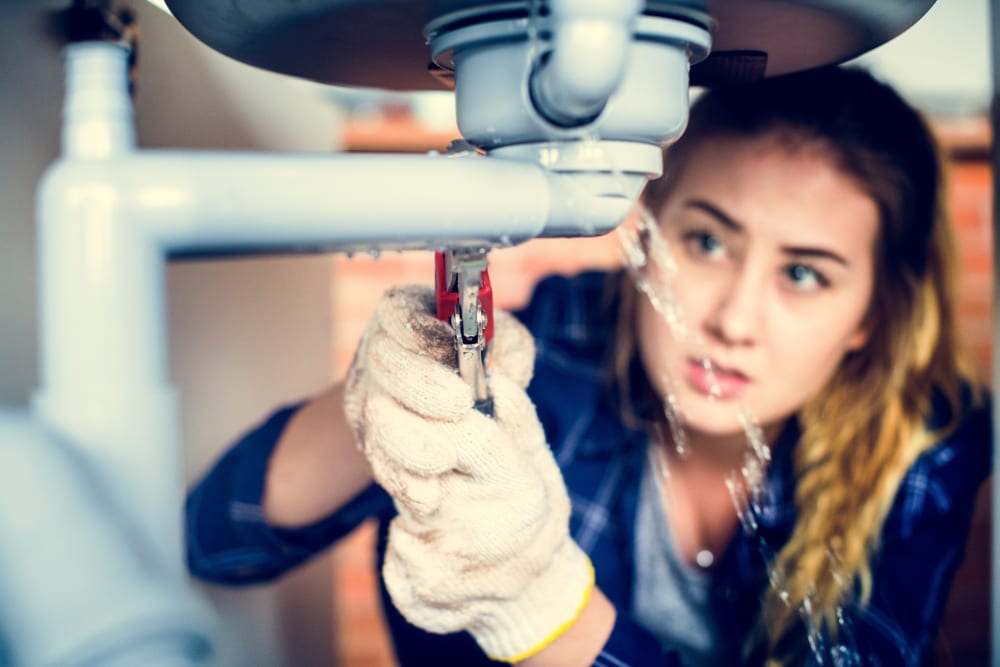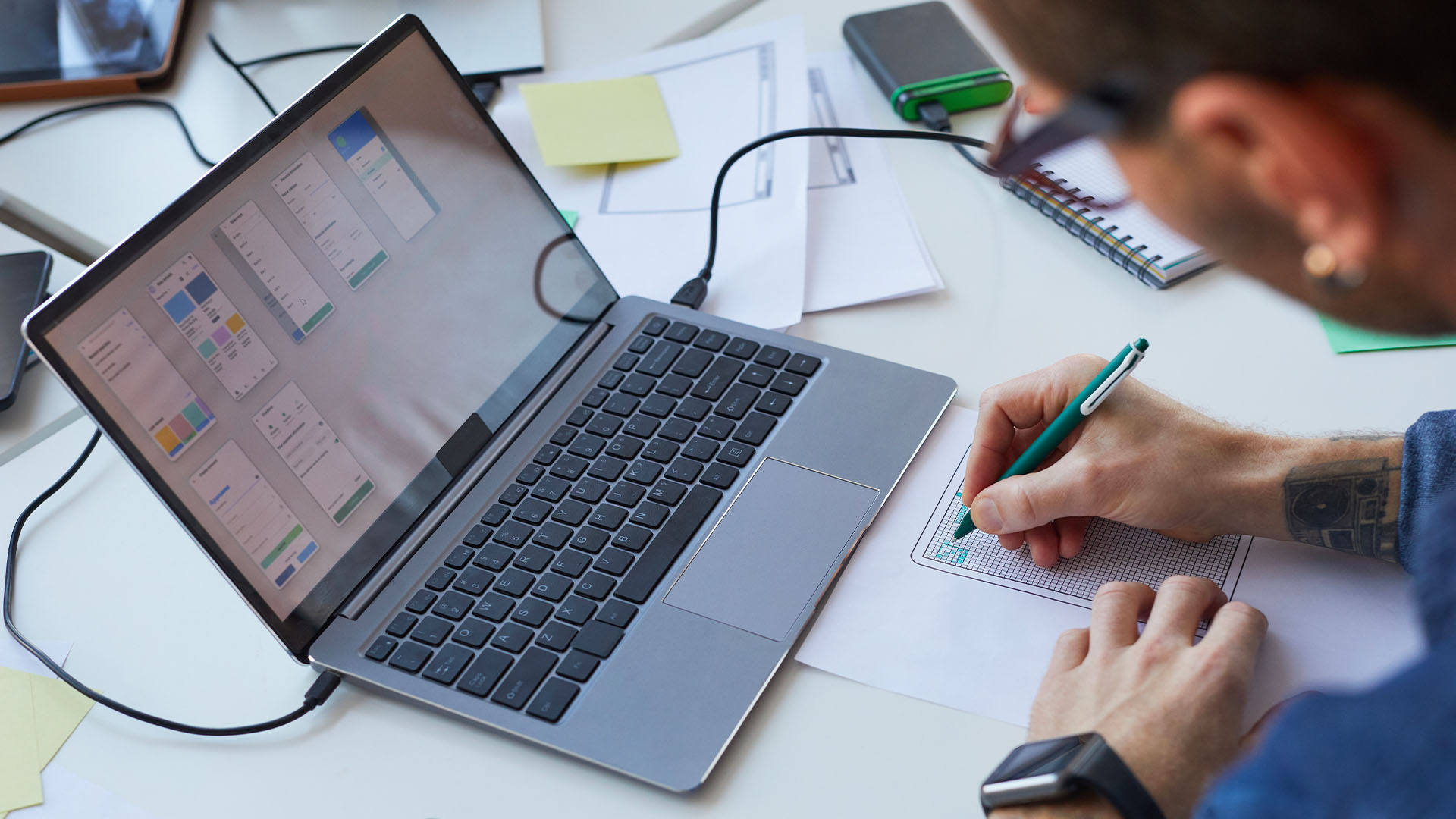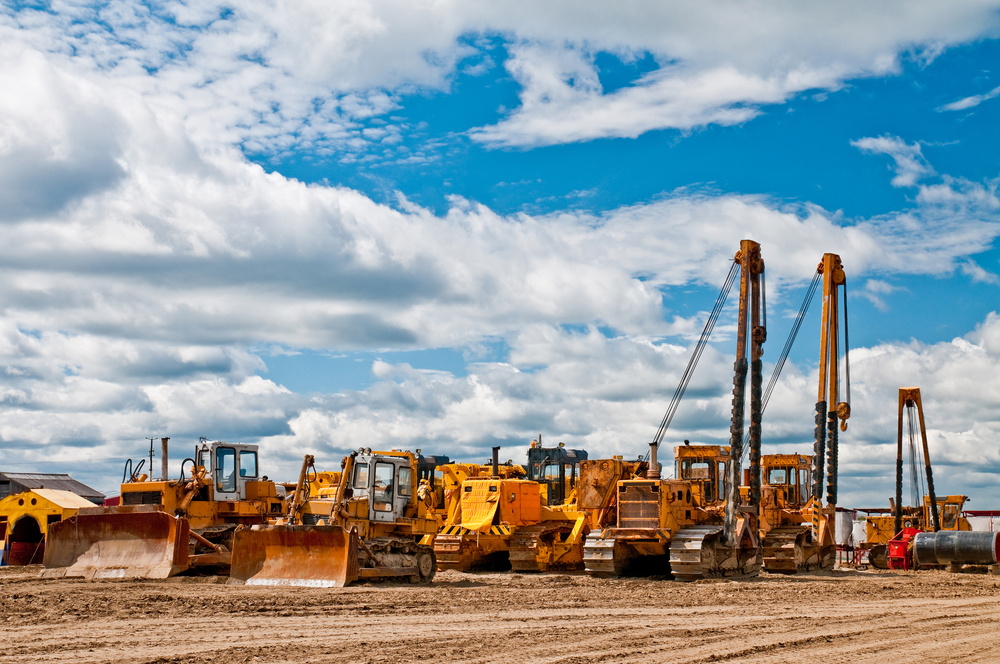Emergency Water Damage Restoration: What To Do When Disaster Strikes
Water damage emergencies can happen at any moment, turning your home into a wet and chaotic mess. Whether it’s a burst pipe, a flooded basement, or a natural disaster, swift action is essential to minimize damage and protect your property. In this guide, we’ll walk you through the critical steps to take when disaster strikes, focusing on emergency water damage restoration. From safety precautions to practical tips, we’ll help you navigate this challenging situation and get your home back to its pre-damage condition.
Ensure Your Safety:
Water damage can pose various risks, including electrical hazards, structural instability, and contamination. Here’s what you need to do:
A. Turn Off The Power: If it’s safe to do so, cut off the electricity supply to the affected areas to prevent electrocution. If water has reached electrical outlets or appliances, do not touch them until a professional electrician has given the all-clear.
B. Wear Protective Gear: When dealing with water damage, wear appropriate protective gear, including rubber gloves, waterproof boots, and safety goggles. This will protect you from potential health hazards and injuries.
C. Beware Of Contaminants: Bacteria and viruses that are dangerous can get into your home through floodwater and sewage backups. Avoid direct contact with contaminated water and sanitize any affected surfaces thoroughly.
Stop The Source Of Water:
Identifying and stopping the source of water intrusion is a critical step in mitigating further damage. Here’s how to do it:
A. Locate The Source: Determine where the water is coming from. It could be a leaking pipe, a malfunctioning appliance, or external factors like heavy rainfall.
B. Shut Off The Water Supply: If the source is a burst pipe or malfunctioning appliance, turn off the water supply to your home immediately. Most homes have shut-off valves near the water meter or specific appliances.
C. Address External Factors: If the water damage is due to heavy rain or flooding, there may not be a quick solution to stop the water. In this case, focus on evacuation and ensuring your safety.
Document The Damage:
Before you start cleaning up or fixing things, make a list of how bad the damage is for insurance reasons. Use your smartphone or a camera to take clear photos and videos of the affected areas. This documentation will be crucial when filing an insurance claim.
Remove Standing Water:
Water that doesn’t move can do a lot of damage to your property and help mold grow. Removing it promptly is essential. Here’s how to do it safely:
A. Use A Pump Or Wet Vacuum: If you have access to a pump or wet vacuum, use it to remove standing water. Start with the areas with the most water accumulation.
B. Manual Extraction: If you don’t have the equipment, use buckets, mops, and towels to manually remove as much water as possible. Be cautious not to strain your back in the process.
C. Open Windows And Doors: Promote ventilation to aid in the drying process. This can help reduce moisture levels in your home.
Dry And Dehumidify:
Drying out your home is a critical step in preventing further damage and mold growth. Here’s what you should do:
A. Use Fans And Dehumidifiers: Place fans and dehumidifiers strategically throughout the affected areas. They will help circulate air and remove excess moisture.
B. Remove Wet Materials: Any waterlogged items, such as carpets, furniture, and insulation, should be removed promptly to facilitate drying. If possible, move them to a dry, well-ventilated area.
C. Monitor Humidity Levels: Keep an eye on indoor humidity levels. Ideally, you want to maintain indoor humidity below 50% to prevent mold growth.
Assess Structural Damage:
Depending on the severity of the water damage, your home’s structural integrity may be compromised. Check the impacted areas for signs of damage to the structure, like floors or ceilings that are drooping. If you suspect structural issues, it’s crucial to consult a professional contractor.
Sanitize And Disinfect:
Water damage can introduce harmful bacteria and pathogens into your home. After drying, it’s essential to sanitize and disinfect affected surfaces:
A. Use A Mixture Of Water And Bleach: Mix one part bleach with ten parts water and use it to clean and disinfect surfaces, especially in areas that come into contact with contaminated water.
B. Dispose Of Contaminated Items: To keep people from getting sick, anything that can’t be cleaned and sanitized properly should be thrown away. Mold can start to grow within 24 to 48 hours after water damage occurs.
Mold Prevention:
Within 24 to 48 hours of water damage, mold can begin to grow. To prevent mold infestation:
- Continue to ventilate and dehumidify your home until it’s thoroughly dry.
- Apply mold-resistant coatings to walls and ceilings in high-risk areas.
- Monitor for signs of mold growth, such as musty odors or visible mold, and address them promptly if they occur.
Conclusion:
Dealing with emergency water damage restoration can be overwhelming, but with the right knowledge and prompt action, you can mitigate the damage and protect your property. Remember that safety should always come first, and it’s often best to consult a professional water restoration service to ensure a thorough and effective restoration process. By doing the things this guide tells you to do, you can improve your chances of repairing your home and making it look like it did before the damage.



